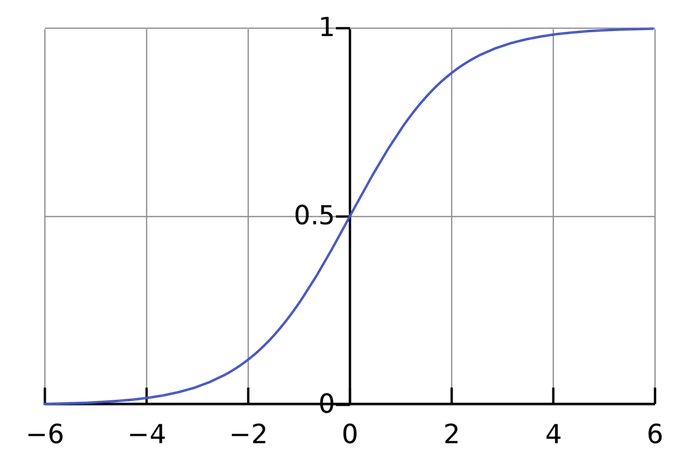Building Blocks: Neurons
First, we have to talk about neurons, the basic unit of a neural network.
A neuron takes inputs, does some math with them, and produces one output.
Here’s what a 2-input neuron looks like:
3 things are happening here. First, each input is multiplied by a weight:
Next, all the weighted inputs are added together with a bias b:
Next, all the weighted inputs are added together with a bias b:
The activation function is used to turn an unbounded input into an output that has a nice, predictable form.
A commonly used activation function is the sigmoid function:
 The sigmoid function only outputs numbers in the range (0,1).
You can think of it as compressing (−∞,+∞) to (0, 1) -
big negative numbers become ~0, and big positive numbers become ~1.
The sigmoid function only outputs numbers in the range (0,1).
You can think of it as compressing (−∞,+∞) to (0, 1) -
big negative numbers become ~0, and big positive numbers become ~1.